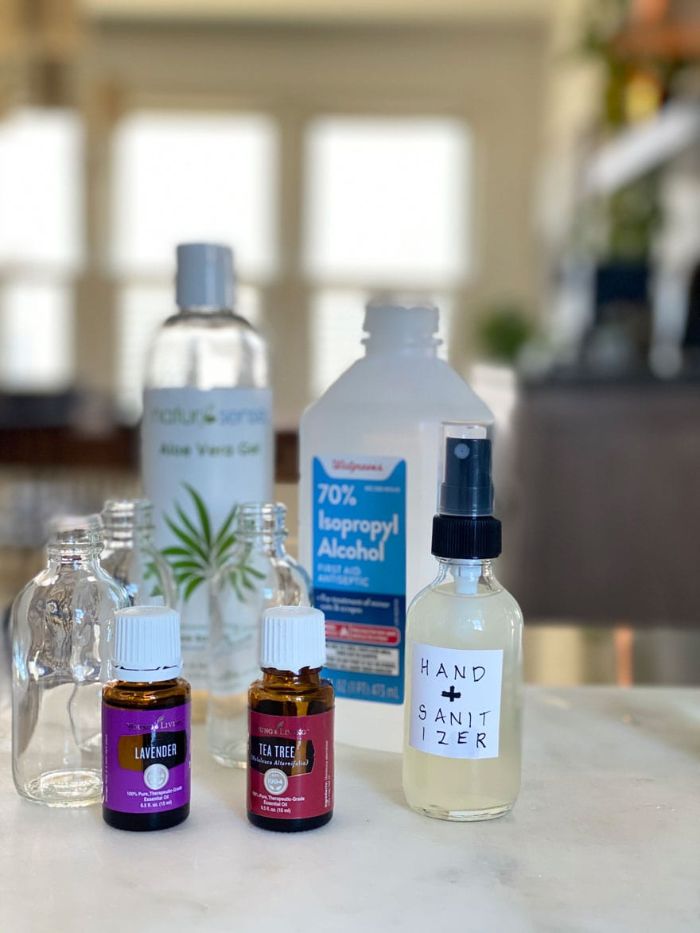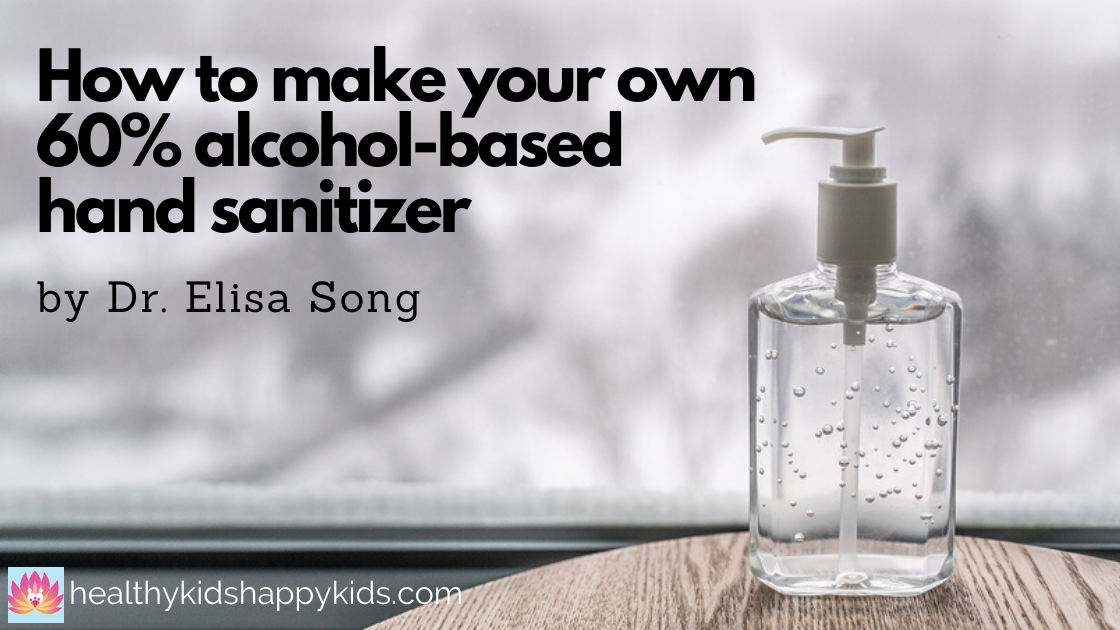Table of Content
Whether it is a DIY hand sanitizer or store-bought, they are usually portable, affordable and a quick way of getting rid of germs. The alcohol present in this product kills off bacteria, protecting one against diseases like gastrointestinal woes or respiratory problems. Because alcohol can cause the skin to dry, most sanitizers come with moisturizers. While both serve a purpose, washing your hands with soap and water should always be a priority, according to the CDC. Only use hand sanitizer if you soap and water isn’t available in a given situation.

Washing your hands is a necessary and straightforward means of preventing the spread of disease-causing bacteria and germs. If your hands look dirty or slimy, opt for handwashing instead of a hand sanitizer. FDA updates on hand sanitizers consumers should not use. In August 2020, the FDA expanded the list of dangerous hand sanitizers.
Surgical hand disinfection
You only need a few ingredients, such as rubbing alcohol, aloe vera gel, and an essential oil or lemon juice. For the hand sanitizer recipe I am sharing today, I have decided to use Lavender and Frankincense Essential Oils. Some hand sanitizer products use agents other than alcohol to kill microorganisms, such as povidone-iodine, benzalkonium chloride or triclosan. The World Health Organization and the CDC recommends "persistent" antiseptics for hand sanitizers. Persistent activity is defined as the prolonged or extended antimicrobial activity that prevents or inhibits the proliferation or survival of microorganisms after application of the product.
Household ingredients such as vinegar and vodka are not effective in killing all pathogens, including SARS-CoV-2. They may be unable to find many of the raw ingredients required to make the WHO recommended hand sanitizer. They may not have the appropriate tools and clean workspace to make a product that can effectively sanitize hands. Generally speaking, people should not attempt to make hand sanitizer at home. There are several risks involved, perhaps most crucially, the use of ingredients that have no effect on the pathogens that cause COVID-19. So how difficult is it to prepare your own hand sanitizer?
Can you make hand sanitizer at home?
Some hand sanitizer gels may not produce this effect due to a high concentration of water or moisturizing agents. For health care, optimal disinfection requires attention to all exposed surfaces such as around the fingernails, between the fingers, on the back of the thumb, and around the wrist. Hand alcohol should be thoroughly rubbed into the hands and on the lower forearm for a duration of at least 30 seconds and then allowed to air dry. Alcohol rub sanitizers kill most bacteria, and fungi, and stop some viruses. Alcohol rub sanitizers containing at least 70% alcohol kill 99.9% of the bacteria on hands 30 seconds after application and 99.99% to 99.999% in one minute.

Recently, the United States Food and Drug Administration issued guidelines for pharmacies to make alcohol-based hand sanitizers for the duration of the current public health emergency only. Using hand sanitizer is a useful alternative to soap and water, but it should not be a substitute for proper hand washing. According to the Centers for Disease Control and Prevention , proper hand washing techniques can reduce the number of all types of germs, pesticides, and metals on the hands.
How To Make Homemade Hand Sanitizer
Alcohol rubs kill many different kinds of bacteria, including antibiotic resistant bacteria and TB bacteria. They also kill many kinds of viruses, including the flu virus, the common cold virus, coronaviruses, and HIV. However, it is still even better to get hold of hand sanitizers that are manufactured by experts. If you want to get hold of hand sanitizers in bulk at a low price, you can outsource now in China. As the country is getting back on track, they are now open for orders of private label alcohol-based hand sanitizers and wholesale orders. Alcohol-based hand sanitizer can do well in cleaning your hands and killing Coronavirus if there’s no water and soap available at hand.
Look at the proof and cut that number in half, that is the percent of alcohol in the bottle. So if you are using 140 proof alcohol, that will be equivalent to 70% alcohol which is the minimum % of alcohol you should use for this recipe. And, don't tell me I am the only one who thinks this, but every time I use store-bought sanitizer, my hands feel gross and sticky and less clean than before. Thyme, tea tree, and clove oil have natural antimicrobial properties, as do lemon and other citrus oils.
Some commercially available hand sanitizers have alcohol concentrations that are too low. Poorer people in developed countries and people in developing countries may find it harder to get a hand sanitizer with an effective alcohol concentration. Fraudulent labelling of alcohol concentrations has been a problem in Guyana. Combine the aloe vera gel or glycerin with the isopropyl alcohol in a clean container.
The FDA do not recommend that people make sanitizers at home. One study analyzed the disinfection effectiveness of natural products, such as vinegar and baking soda and commercial disinfectants, including Clorox and Lysol. Additionally, the FDA have only approved the use of USP grade ingredients for producing hand sanitizers. Before using these products, read the label carefully and always respect the contact time. Contact time refers to how long the cleaned surface should remain wet after application.
Alcohol can kill some viruses, but it depends on the strength of the alcohol and the type of virus. Rub the hands together until the gel dries, which will take about 20 seconds. Apply the hand sanitizer into the palm of one hand. A pump with hand alcohol in a square in Ystad, Sweden, on 28 November 2020. Do not go near flame or gas burner or any burning object during application of hand sanitizer. Do not dip your hands into the mixture nor touch it.

But if you must leave your home from time to time, or if you are an essential worker who has to venture out daily, then you simply have to have this stuff at hand. 1 bottle of rubbing alcohol or Ethanol – 91% to 99% strength. Making your own hand sanitizer is easy to do and only requires 3 few ingredients. These ingredients are easily available online now. A great sub is to use drinkable, grain alcohol like Everclear or Vodka.
Nevertheless, alcohol-based hand sanitizers do have a huge role in killing the coronavirus on the skin. That is, if it contains at least 60% alcohol concentration. According to the Centers for Disease Control and Prevention , higher concentrations are better.

No comments:
Post a Comment